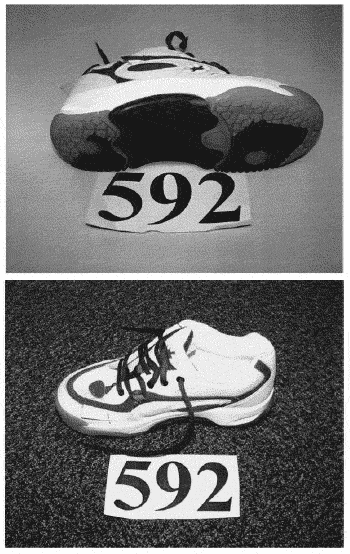
COMMISSION REGULATION (EC) No 289/2000of 3 February 2000 concerning the classification of certain goods in the Combined Nomenclature- "Official Journal of the European Communities", No L 33/3 of 8.2.2000 - |
THE COMMISSION OF THE EUROPEAN COMMUNITIES,
Having regard to the Treaty establishing the European Community,
Having regard to Council Regulation (EEC) No 2658/87 of 23 July 1987 on the tariff and statistical nomenclature and on the Common Customs Tariff(1), as last amended by Commission Regulation (EC) No 2626/1999(2), and in particular Article 9 thereof,
_______________
(1) OJ L 256, 7.9.1987, p. 1.
(2) OJ L 321, 14.12.1999, p. 3.
Whereas:
(1) In order to ensure uniform application of the Combined Nomenclature annexed to the said Regulation, it is necessary to adopt measures concerning the classification of the goods referred to in the Annex to this Regulation.
(2) Regulation (EEC) No 2658/87 has set down the general rules for the interpretation of the Combined Nomenclature. Those rules also apply to any other nomenclature which is wholly or partly based on it or which adds any additional subdivision to it and which is established by specific Community provisions, with a view to the application of tariff and other measures relating to trade in goods.
(3) Pursuant to the said general rules, the goods described in column 1 of the table annexed to the present Regulation must be classified under the CN codes indicated in column 2, by virtue of the reasons set out in column 3.
(4) It is appropriate that binding tariff information issued by the customs authorities of Member States in respect of the classification of goods in the Combined Nomenclature and which does not conform to the provisions of this Regulation, can continue to be invoked, under the provisions in Article 12(6) of Council Regulation (EEC) No 2913/92 of 12 October 1992 establishing the Community Customs Code(3), as last amended by European Parliament and Council Regulation (EC) No 955/ 1999(4), for a period of three months by the holder.
(5) The measures provided for in this Regulation are in accordance with the opinion of the Customs Code Committee,
_______________
(3) OJ L 302, 19.10.1992, p. 1.
(4) OJ L 119, 7.5.1999, p. 1.
HAS ADOPTED THIS REGULATION:
Article 1
The goods described in column 1 of the annexed table are classified within the Combined Nomenclature under the CN codes indicated in column 2 of the said table.
Article 2
Binding tariff information issued by the customs authorities of Member States which does not conform to the provisions of this Regulation can continue to be invoked under the provisions of Article 12(6) of Regulation (EEC) No 2913/92 for a period of three months.
Article 3
This Regulation shall enter into force on 20th day following its publication in the Official Journal of the European Communities.
This Regulation shall be binding in its entirety and directly applicable in all Member States.
Done at Brussels, 3 February 2000.
For the Commission
Frederik BOLKESTEIN
Member of the Commission
ANNEX
Description |
CN |
Reasons |
(1) |
(2) |
(3) |
Leisurewear shoe with a plastic sole having a hard plastic plate attached by screws under the arc of the shoe and an upper made of leather (making up the greater part of the external surface), plastic and man-made fibre, with a whole vamp, without front metal protectors, not covering the ankles and with an insole of 24 cm or more The shoe is not recognisable as a man's or woman's shoe |
6403 99 93 |
Classification is determined by General Rules 1 and 6 for the interpretation of the Combined Nomenclature, note 4(b) to Chapter 64 subheading note 1(a) to Chapter 64 and the wording of CN codes 6403, 6403 99 and 6403 99 93 The shoe, which is designed for sliding on pavements, rails and handrails, is not a shoe intended for a sporting activity. The goods cannot therefore be classified under CN code 6403 19 00 |
(See photograph No 592) (*) |
|
|
(*) The photograph is merely for illustrative purposes.
